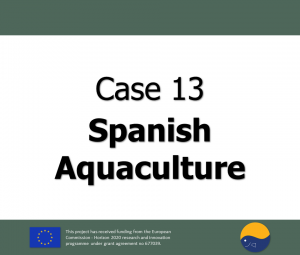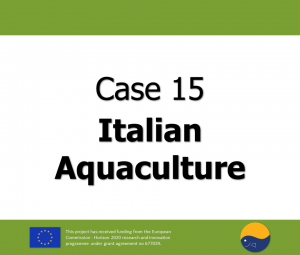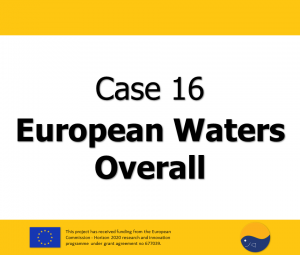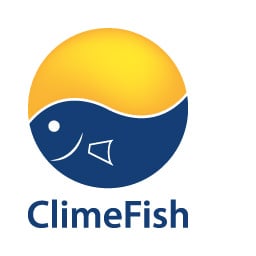
Main results Water temperature projections vary among climate models. The most conservative does not predict any significant change in water temperature, whereas the most pessimistic predicts a 1-2 degrees increase by 2050. Barely significant changes are predicted in solar radiation and food availability. The impact of future water temperature and food availability on mussels grow…

Main results Fish will grow faster in the future, requiring shorter periods to reach various commercial sizes. Depending on the region, production time may be shortened for up to 3 months by 2050. Extreme events such as storms and heatwaves will negatively affect production by increasing mortality rates. Offshore sites show high potential since they…

Main results Climate models predict an increase of seawater temperature (1-2ºC by 2050) and barely significant changes in food availability. The impact of future water temperature and food availability showed opposite trends under the two explored climate scenarios (RCP 4.5 and 8.5) in terms of the time needed to reach commercial size. Variations in the…

Main results Effect of climate changes varies by location, so it is difficult to generalise impact and identify adaptation measures at a national scale. In shellfish aquaculture, food comes from the environment and is dependent on local conditions. At present, the resolution of most climate models is too coarse to capture the complexity of the…

Species ClimeFish includes 18 species that represent the most important and less resilient exploited fish stocks: the most productive aquaculture species, emerging species, and species vulnerable to temperature increase, thereby representing several aquatic habitats across Europe. The species are represented through 15 case studies within marine fisheries, marine aquaculture, and lake and pond fisheries and…





